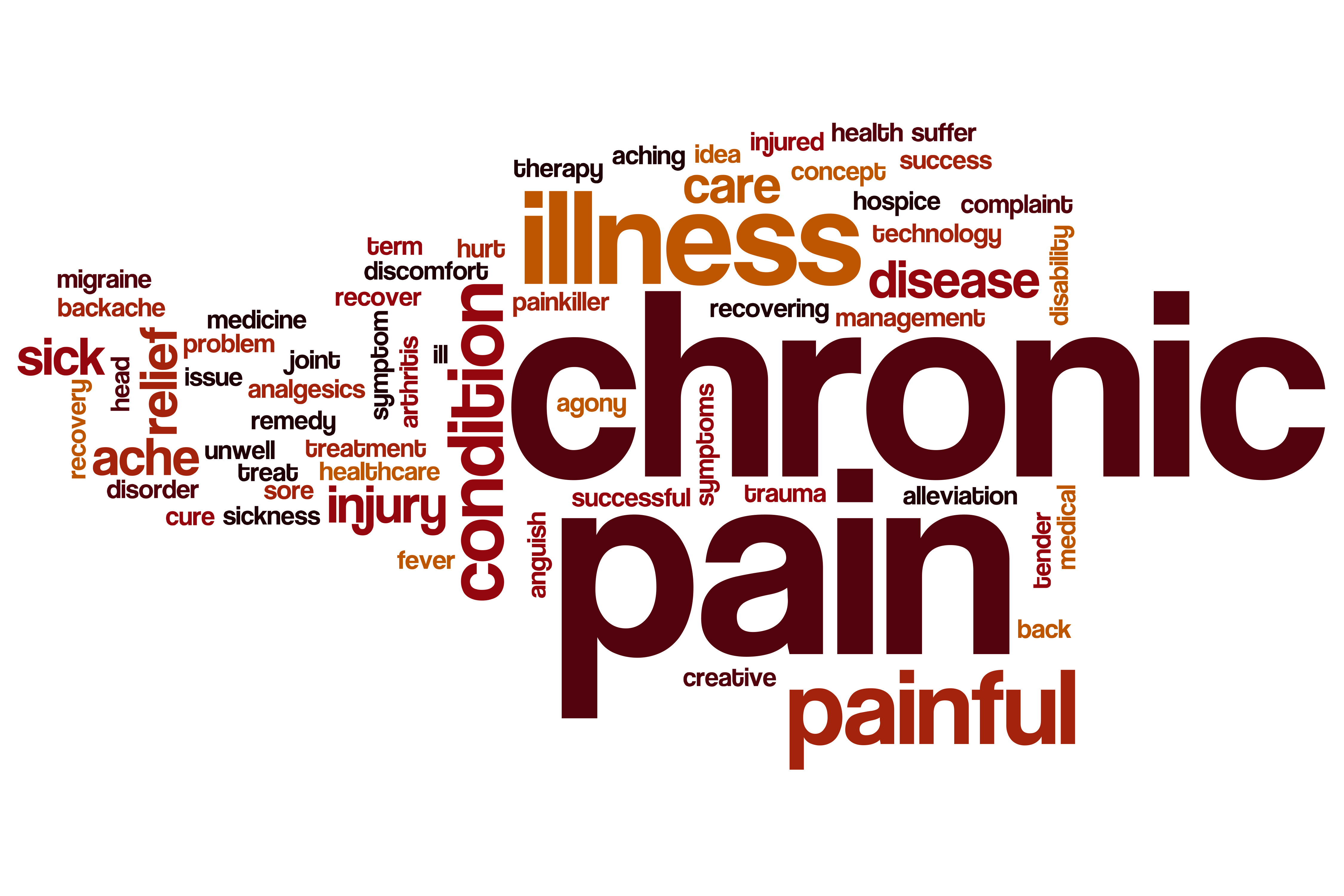
It is the hidden scourge that millions of Australians battle every day, but it is rarely talked about.
Chronic pain, as it’s name suggests, is a debilitating condition that affects an estimated 3.2 million Australians. It can stop people from working, seeing their loved ones and even performing basic tasks.
“It is a significant, often invisible, public health crisis in Australia,” notes CEO of Painaustralia Carol Bennett.
“The toll on our communities is devastating with estimates putting the annual total cost at $140 billion.”
So what is chronic pain and how do you know if you, or a friend or family member, is suffering from it?
Pain, according to Ms Bennett, is classified as chronic when it has been persistent for more than three months.
Common chronic pain syndromes include back and leg pain, central pain syndromes, cancer and post-cancer pain, chronic post‑surgical pain, complex regional pain syndrome, fibromyalgia, and migraine and headache.
“Conditions like arthritis and other musculoskeletal issues also lead to chronic pain, and chronic pain can also be a condition of itself without a clear cause,” Ms Bennett says.
There is a common perception in the community that chronic pain is a normal part of ageing and predominantly affects older people.
However, a recent report developed for Painaustralia by Deloitte Access Economics revealed that more than 68 per cent of people living with chronic or persistent pain are of working age between 15 and 64. It can also impact children and adolescents.
But all is not lost.
There are many ways to manage chronic pain, and many people are able to find the right combination of techniques to keep their pain in check and go on to live productive, fruitful lives.
“Management of pain must be holistic in order to be effective,” Ms Bennett says.
“This requires coordinated interdisciplinary assessment and management which involves looking at physical, psychological, and social and environmental risk factors for each person.”
This approach is known as the biopsychosocial model, and involves taking a multi-faceted approach to managing the complex issue of pain management.
“Treatment is not one-size-fits-all but needs to be person-specific as conditions vary from person to person, as does the treatment responses,” Ms Bennett says.
“Pivotal to this approach is the consumer’s understanding and participation in the management of their own care.”
Ms Bennett points out that the most effective approach to reducing pain-related disability, improving function and quality of life, and increasing the chances of returning to work is to recognise that chronic pain is not just a physical condition “but an experience that affects people psychologically, emotionally and socially”.
National Pain Week, which starts on July 22, also has a role to play in raising awareness of the number of people who live with chronic pain, while helping those who suffer from the condition discovers ways of managing their pain.
Painaustralia hopes the awareness week will foster community understanding of pain and its management.
“Raising awareness about the causes and treatments of chronic pain will not only improve the way we respond to pain, but can play an important role in reducing the stigma for those living with ongoing pain conditions,” Ms Bennett says.
Most crucial, however, is social connectedness, which Ms Bennett considers to be vital to the ongoing mental wellbeing of sufferers.
“Chronic pain can have a debilitating effect on a person’s mood, physical functioning, and social relationships,” she notes.
“People living with chronic pain can also experience depression, sleep disturbance and fatigue.
“It’s not hard to see why someone of working age, who also lives with chronic pain, can find continuing employment and maintaining family and other commitments so overwhelming.”
If you suspect your pain may be chronic, it’s worth booking a consult with your GP.
Visit Painaustraliawww.painaustralia.org.au and the Agency for Clinical Innovation NSW www.aci.heath.nsw.gov.au for further information.
MedAdvisor is committed to playing an important role in helping you to keep track of your medications. Our medication management platform is focused on addressing the gap and burden of medication adherence. To know more click here.
These Stories on Medication Management
Suite 2 Level 7, 500 Bourke Street
Melbourne, Victoria 3000
Australia
Email us: support@medadvisor.com.au
MedAdvisor is an affiliate member of the World Pharmacy Council.
No Comments Yet
Let us know what you think